Head-turner: Lamborghini presents its latest supercar Huracán
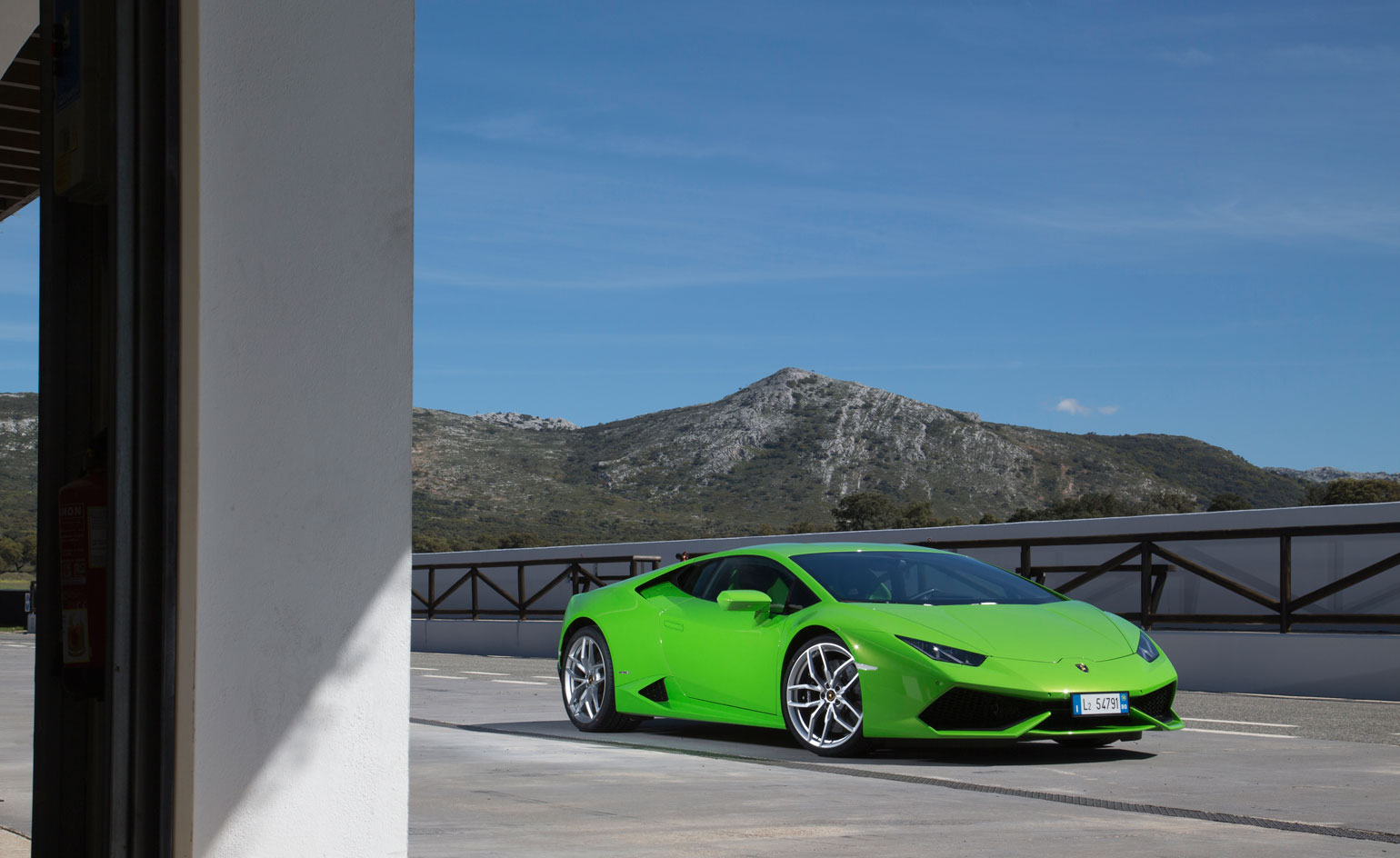
The new Lamborghini Huracán doesn't skimp on the drama. It takes a certain amount of chutzpah to put so much on such prominent public display, and the Italian manufacturer knows full well that its cars are about drama, spectacle, sound and fury. Paradoxically, it's the radar-evading forms of American stealth fighter technology that's provided stylistic inspiration for the last few generations of Lamborghini's V10 and V12 powered supercars. From the 2001 Murciélago onwards, Lamborghini's signature has been the angle. Under the direction of Luc Donckerwolke, now head of all VW design, the Italian marque slavishly followed a fetish for facets, with lights, grilles and intakes reduced to stark geometric forms, slashed into the bodywork. The Gallardo and Aventador models that followed continued the theme, although it was taken to its most extreme in limited editions like the Sesto Elemento and Egoista.
The 'baby' of the range, the Huracán replaces the hugely successful Gallardo, the best-selling Lamborghini ever made. Ever since Audi acquired the brand in 1998, Lamborghini has received a quality-boosting fillip to its image, as well as a hefty chunk of technological cross-pollination that has helped both marques. The Gallardo was the biggest recipient of this new partnership, being closely related to the first generation Audi R8. Unsurprisingly, the Huracán also shares a sizeable chunk of its mechanical innards with the second generation R8. Both are four-wheel drive, mid-engined V10 two-seaters. But there, it has to be said, the resemblance ends.
It's a testament to the power of brand identity that the two cars looks so incredibly different. While the R8 is elegant and relatively discrete, the Huracán is an out and out attention grabber. Even before you've fired up the engine, the world is craning its collective neck to get a look. Huracán ownership comes with a sort of self-contained bubble of public interest as all eyes (and smartphones) are inexorably drawn to the car and, presumably, the identity of its occupant. This, we suspect, is exactly what owners want and expect.
Get behind the wheel (blanking out the demands of the outside world) and you can see why this is a special place to be. The dramatic exterior forms are carried through to a dashboard that's kinked and faceted and stacked up with digital dials and read-outs and multiple switches. Again, the visual riff is on the fighter jet; just as Harley Earl translated the thrusting gung-ho forms of Fifties war machines into an elaborate Detroit Baroque, the Huracán distils the cloak and dagger design of today's military-industrial-technical complex into a piece of highly desirable machinery.
Ignoring the Freudian origins of a product that harks after weaponry and is named after a fighting bull (as are all Lamborghinis), the Huracán is an object to savour, whether you're driving it, watching it or even listening to it. The furious snarls, crackles and pops produced by a modern engine are carefully engineered, but any questions of authenticity are banished by the experience of driving. 100km/h is reached in just over three seconds and the - academic, naturally - top speed is over 200 mph, an essential if irrelevant statistic that confers membership of the modern supercar club.
For now, the Huracán is the core of the brand, but within a few years Lamborghini will be selling the Urus, its first modern SUV (discounting the entertainingly absurd LM002 of the 80s). It will inevitably trounce the Huracán in the showroom, if not on the track. The traditional, low-slung supercar looks set to become increasingly scarce, just as the Huracán creates the ultimate template as to how they should be done.

Its angular lines and daring colour discern it from other cars and infuse it with an exuberantly confident personality
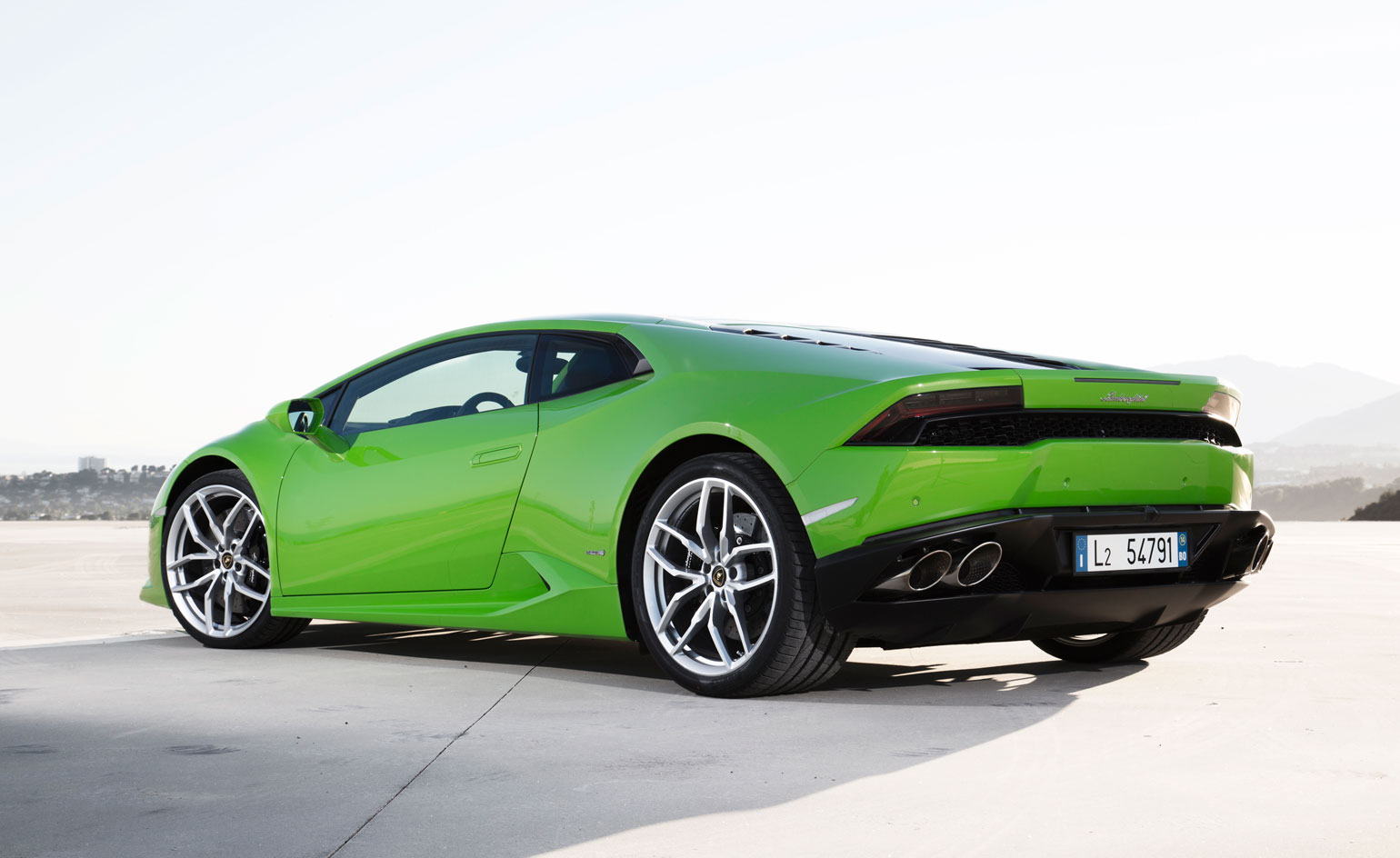
The car's dramatic exterior forms take inspiration from military designs and weaponry, which are visually powerful and inherently robust
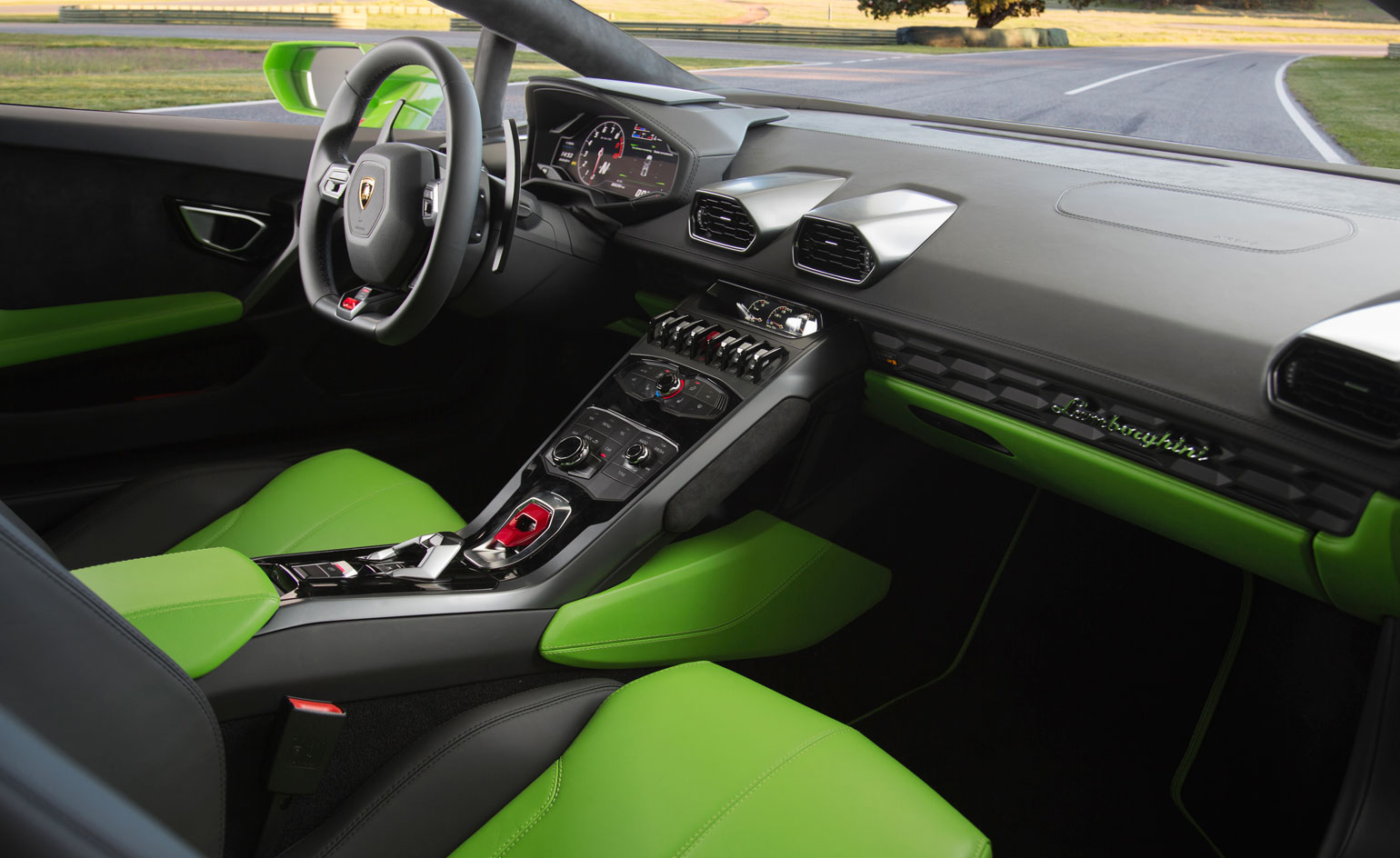
Get behind the wheel and you can see why this is the place to be. The car's powerful external appearance is carried through to a dashboard that's kinked and faceted and stacked up with digital dials
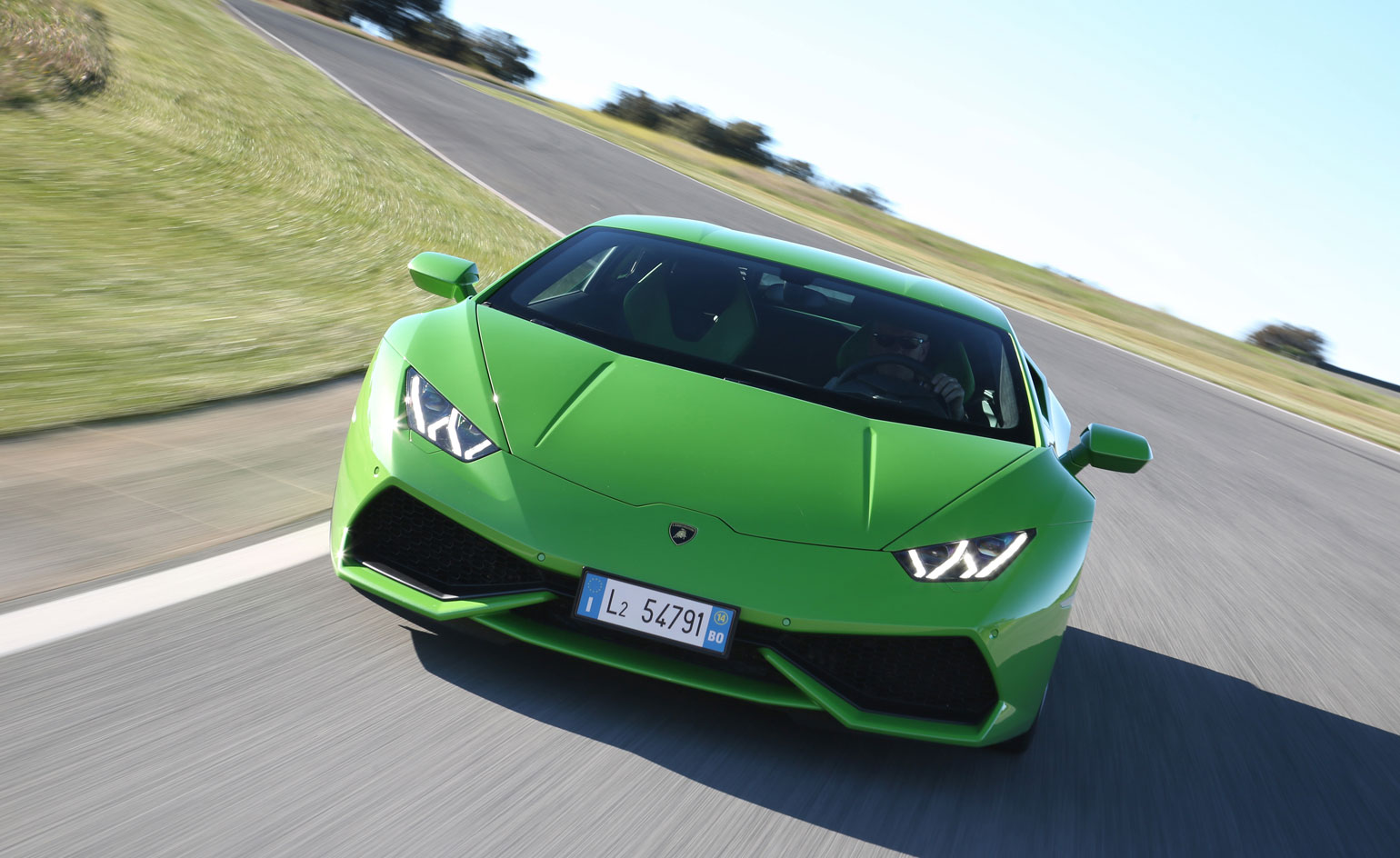
100km/h is reached in just over three seconds and top speed is over 200km/h: the Huracán is the epitome of the modern supercar
Receive our daily digest of inspiration, escapism and design stories from around the world direct to your inbox.
Jonathan Bell has written for Wallpaper* magazine since 1999, covering everything from architecture and transport design to books, tech and graphic design. He is now the magazine’s Transport and Technology Editor. Jonathan has written and edited 15 books, including Concept Car Design, 21st Century House, and The New Modern House. He is also the host of Wallpaper’s first podcast.
-
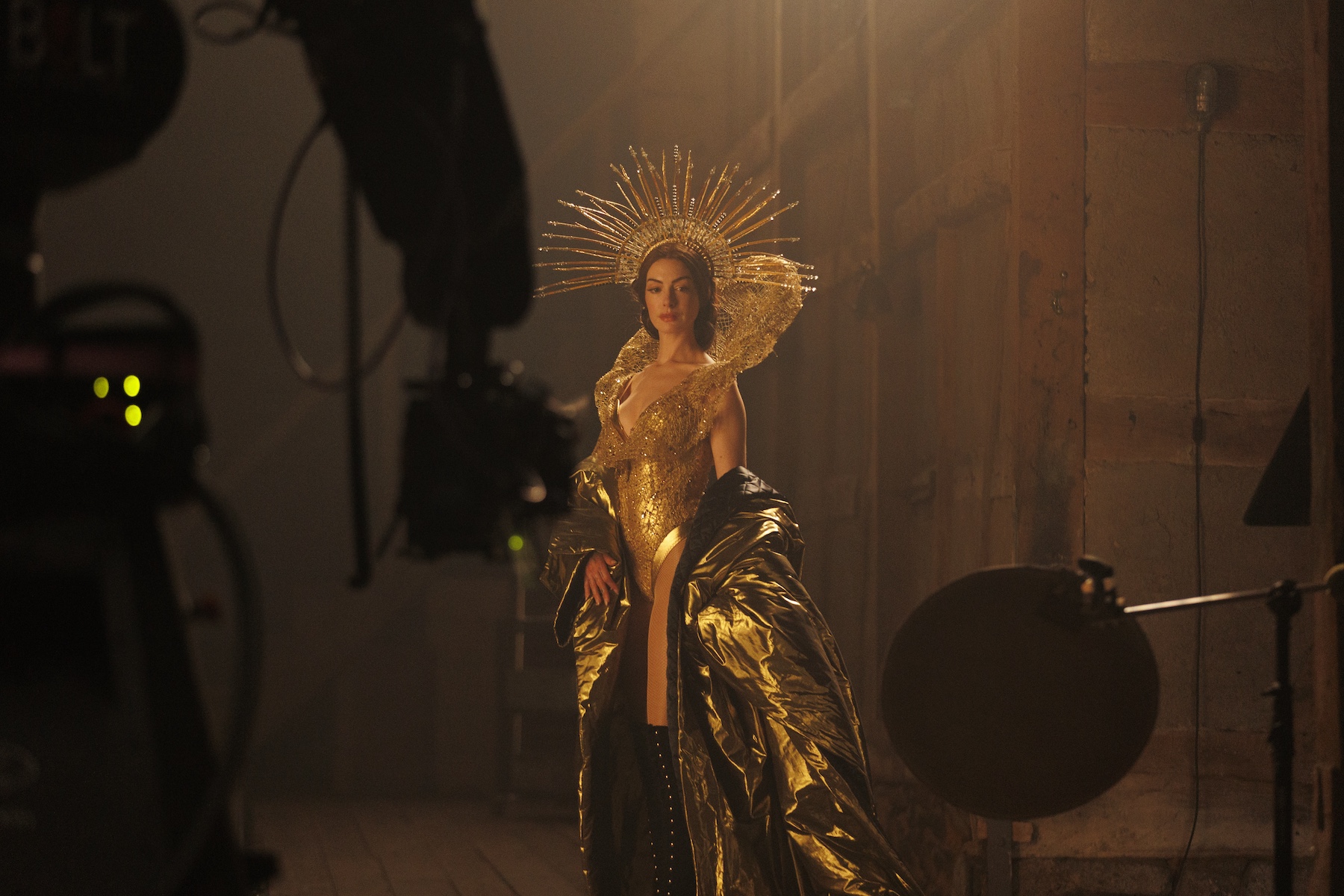 2026 will be all about style on screen. Here are some fashionable films to look out for
2026 will be all about style on screen. Here are some fashionable films to look out forFrom the return of Devil Wears Prada to a slew of stylish A24 projects, eight fashionable films to add to your watch list in 2026
-
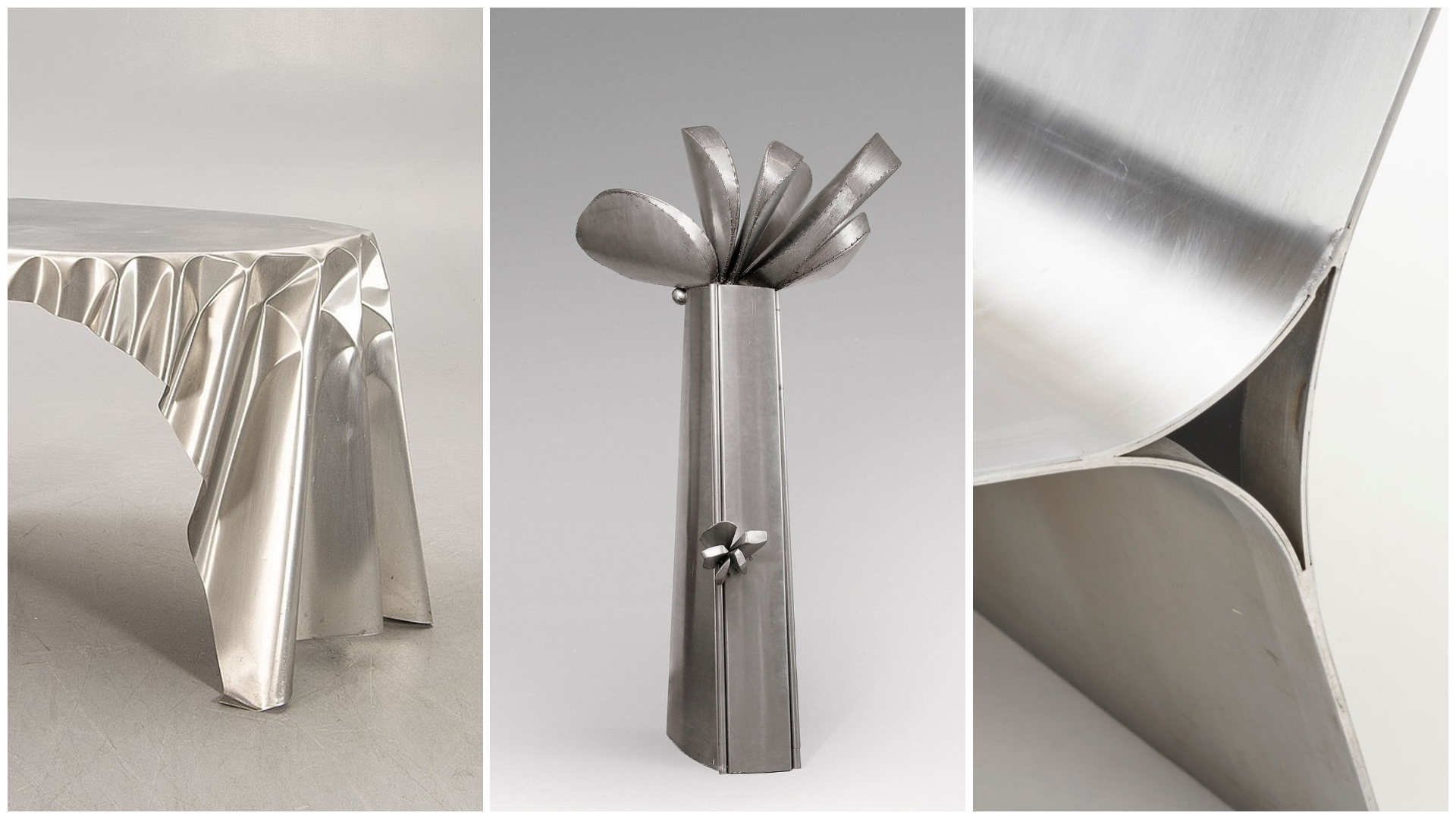 An inox-fanatic's love letter to stainless steel
An inox-fanatic's love letter to stainless steelUltimate stainless steel fan Levi Di Marco has been documenting inox designs on his social media platform @tutto_inox: we asked him to tell us about his not-so-mild obsession and share some of his favourite examples of inox design
-
 Porthmadog House mines the rich seam of Wales’ industrial past at the Dwyryd estuary
Porthmadog House mines the rich seam of Wales’ industrial past at the Dwyryd estuaryStröm Architects’ Porthmadog House, a slate and Corten steel seaside retreat in north Wales, reinterprets the area’s mining and ironworking heritage
-
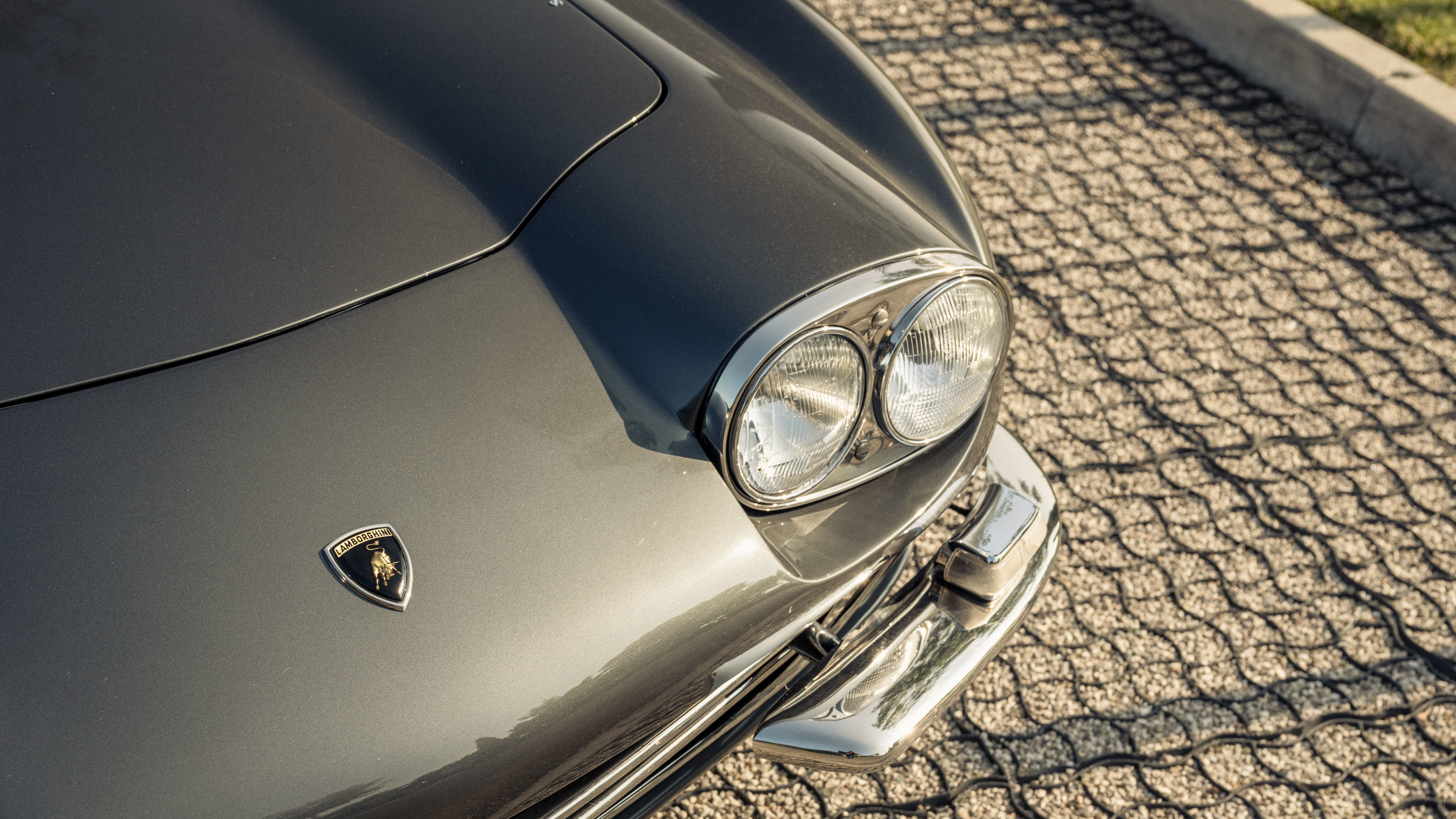 How to spot a fake Lamborghini: inside the sports car manufacturer’s Polo Storico division
How to spot a fake Lamborghini: inside the sports car manufacturer’s Polo Storico divisionFake or fortune? We talk to the team of Lamborghini experts who can spot a priceless classic from a phoney
-
 Lamborghini, fast friends with the Italian State Police for two decades
Lamborghini, fast friends with the Italian State Police for two decadesWhen the Italian police need to be somewhere fast, they turn to a long-running partnership with one of the country’s most famed sports car manufacturers, Lamborghini
-
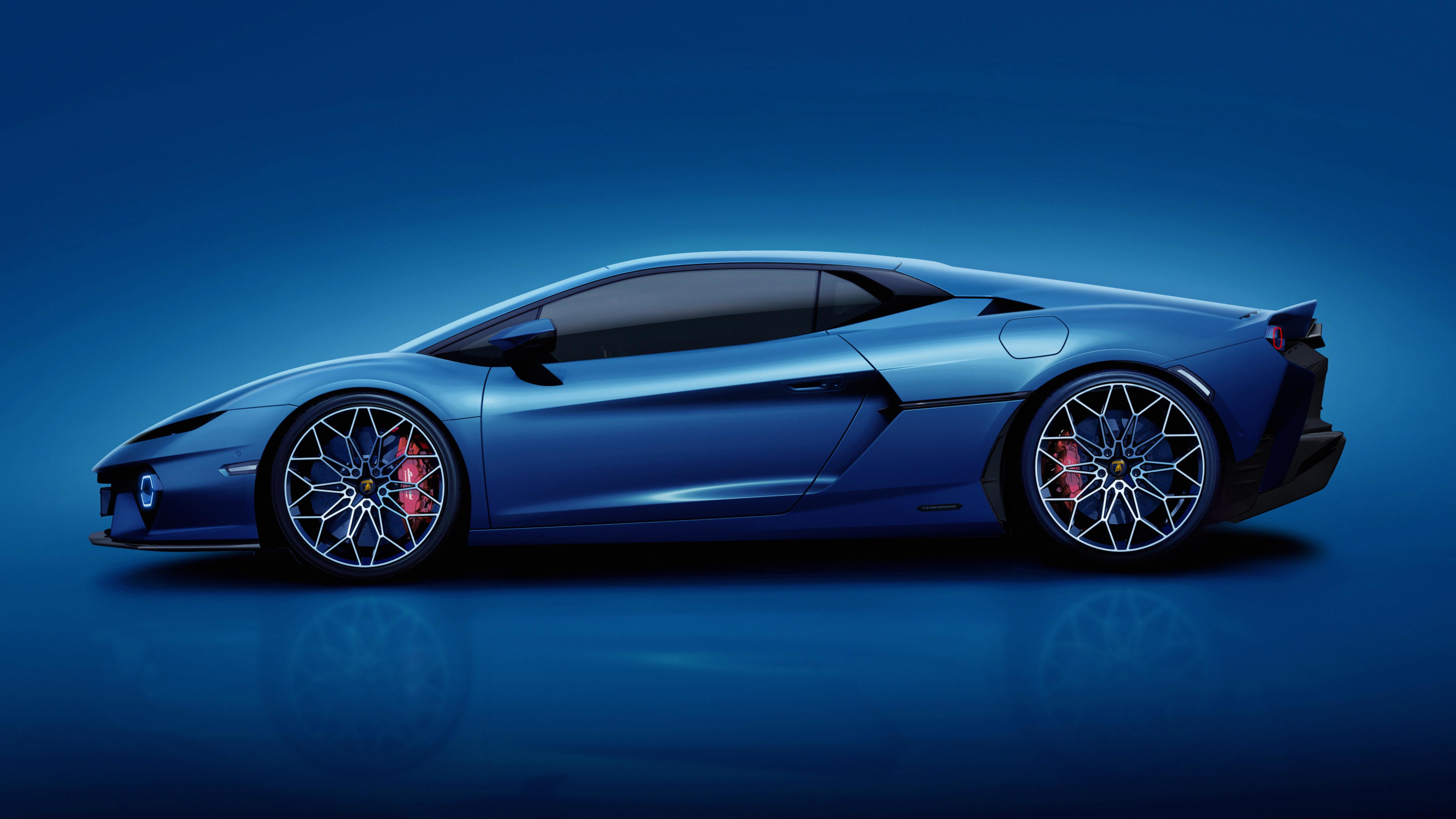 Lamborghini’s Mitja Borkert discusses the company’s new Temerario super sports car
Lamborghini’s Mitja Borkert discusses the company’s new Temerario super sports carThe new Lamborghini Temerario was unveiled this month in California, ushering in a new era of electrified performance to replace the company’s best-selling Huracán model
-
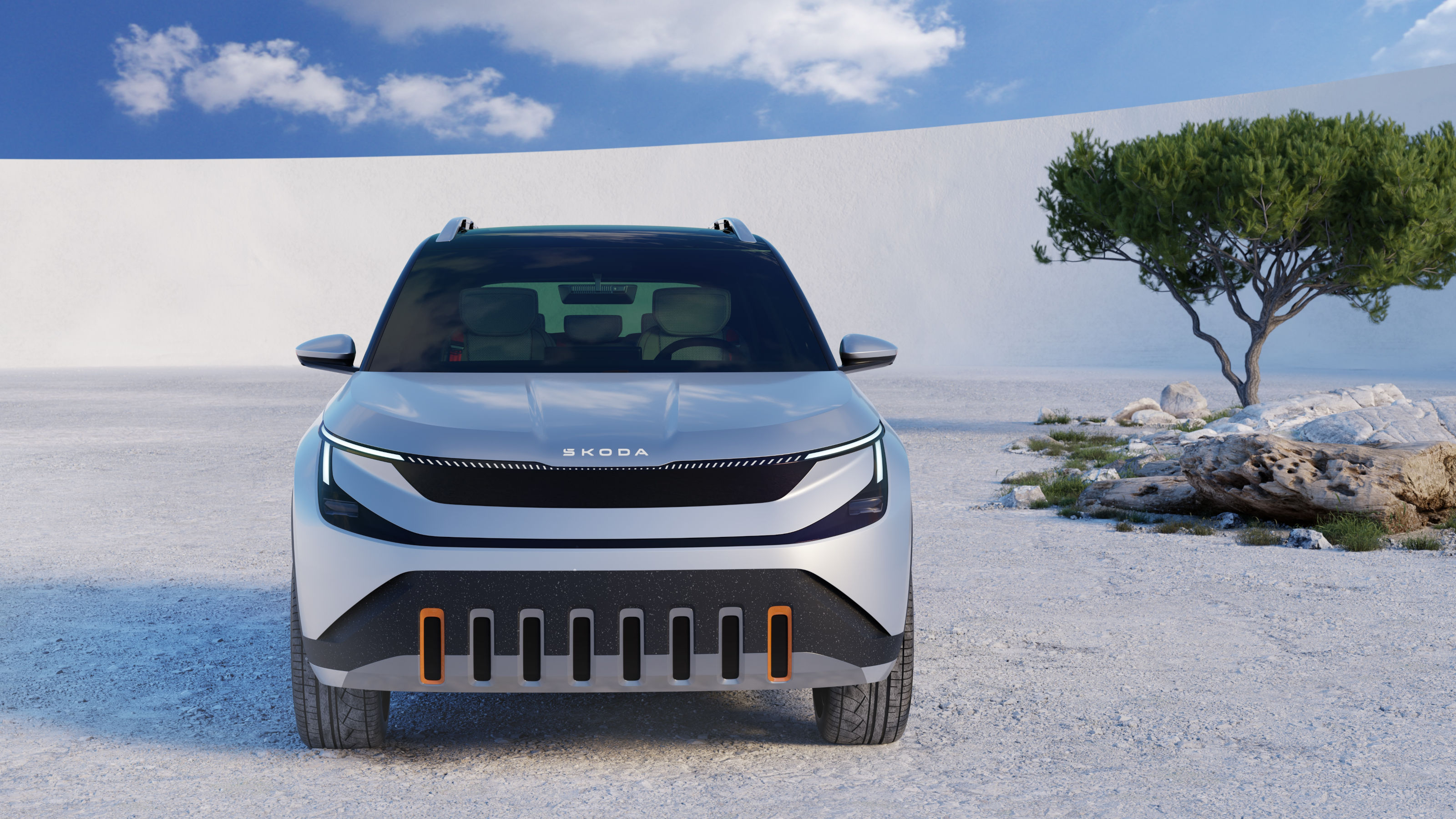 Coming soon: a curated collection of all the new EVs and hybrids that matter
Coming soon: a curated collection of all the new EVs and hybrids that matterWe've rounded up new and updated offerings from Audi, Porsche, Ineos, Mini and more to keep tabs on the shifting sands of the mainstream car market
-
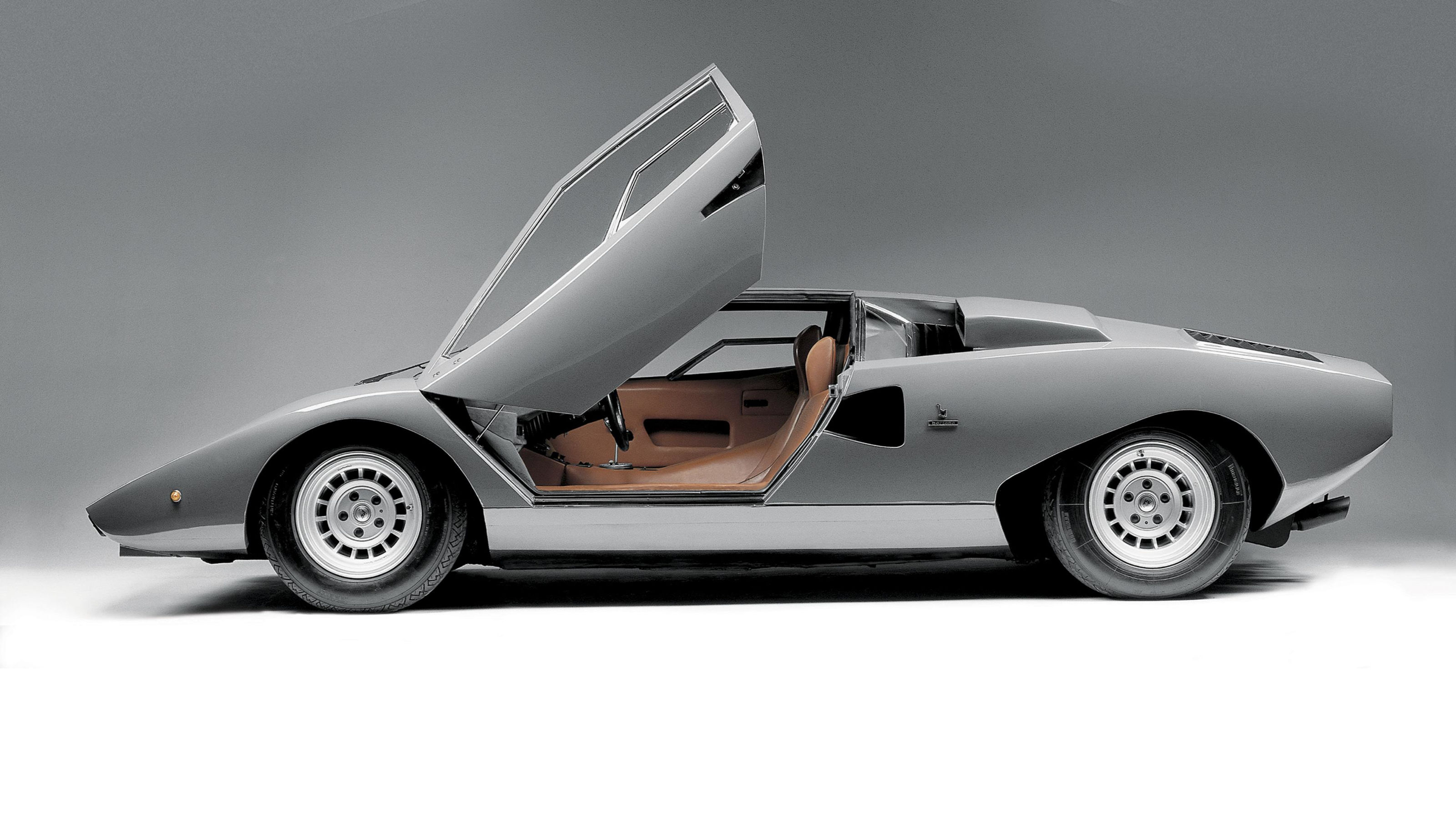 In memoriam: automotive designer Marcello Gandini (1938-2024)
In memoriam: automotive designer Marcello Gandini (1938-2024)As the man behind the form of the modern supercar, Marcello Gandini was hugely influential. We look back at some of his most accomplished designs
-
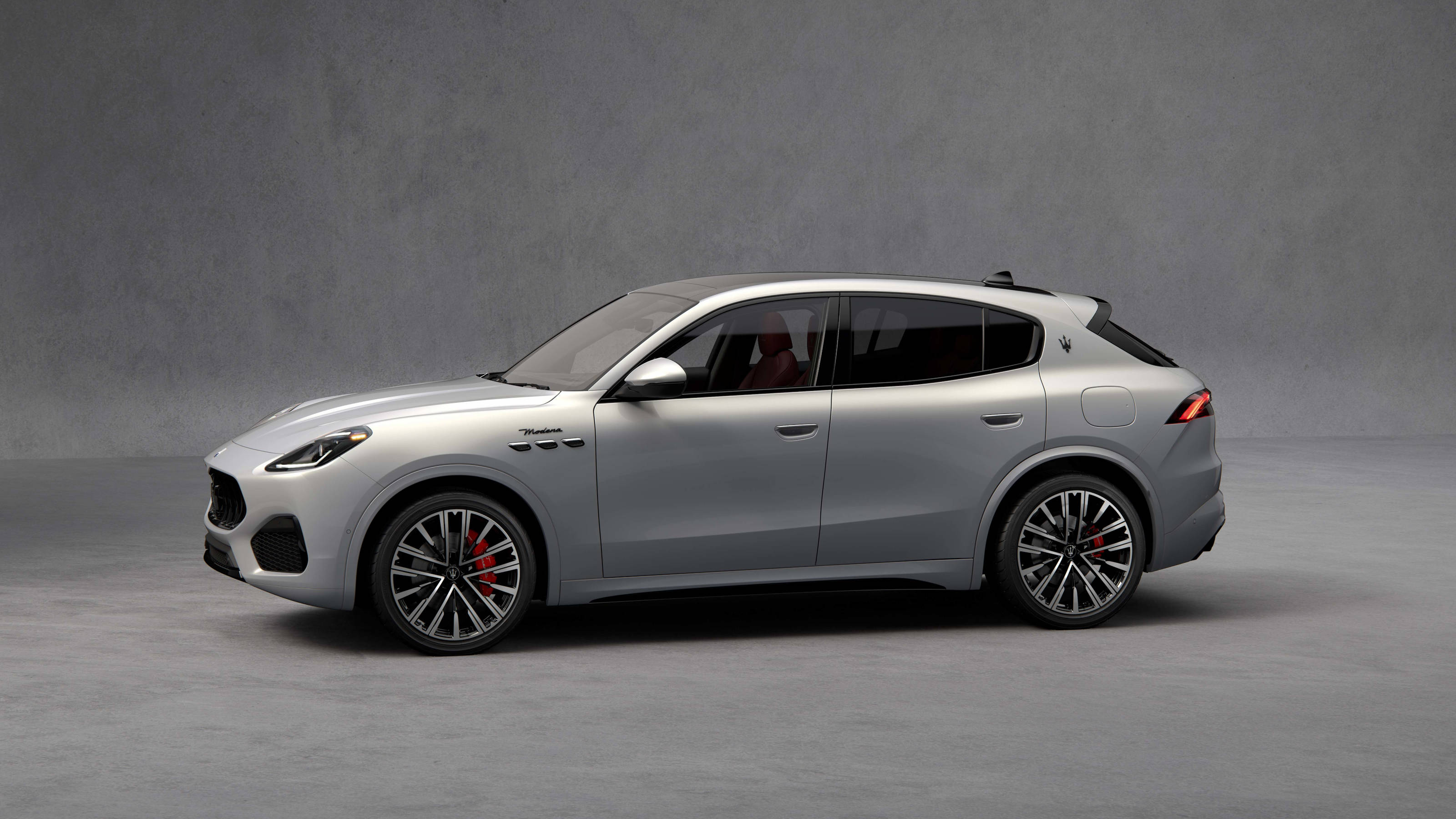 Maserati Grecale Modena hits the middle ground, an SUV for the badge-conscious
Maserati Grecale Modena hits the middle ground, an SUV for the badge-consciousThe Maserati Grecale Modena shows just how far a brand has to go to make an impact in the contemporary car market. How does it reflect on the Italian company’s long heritage?
-
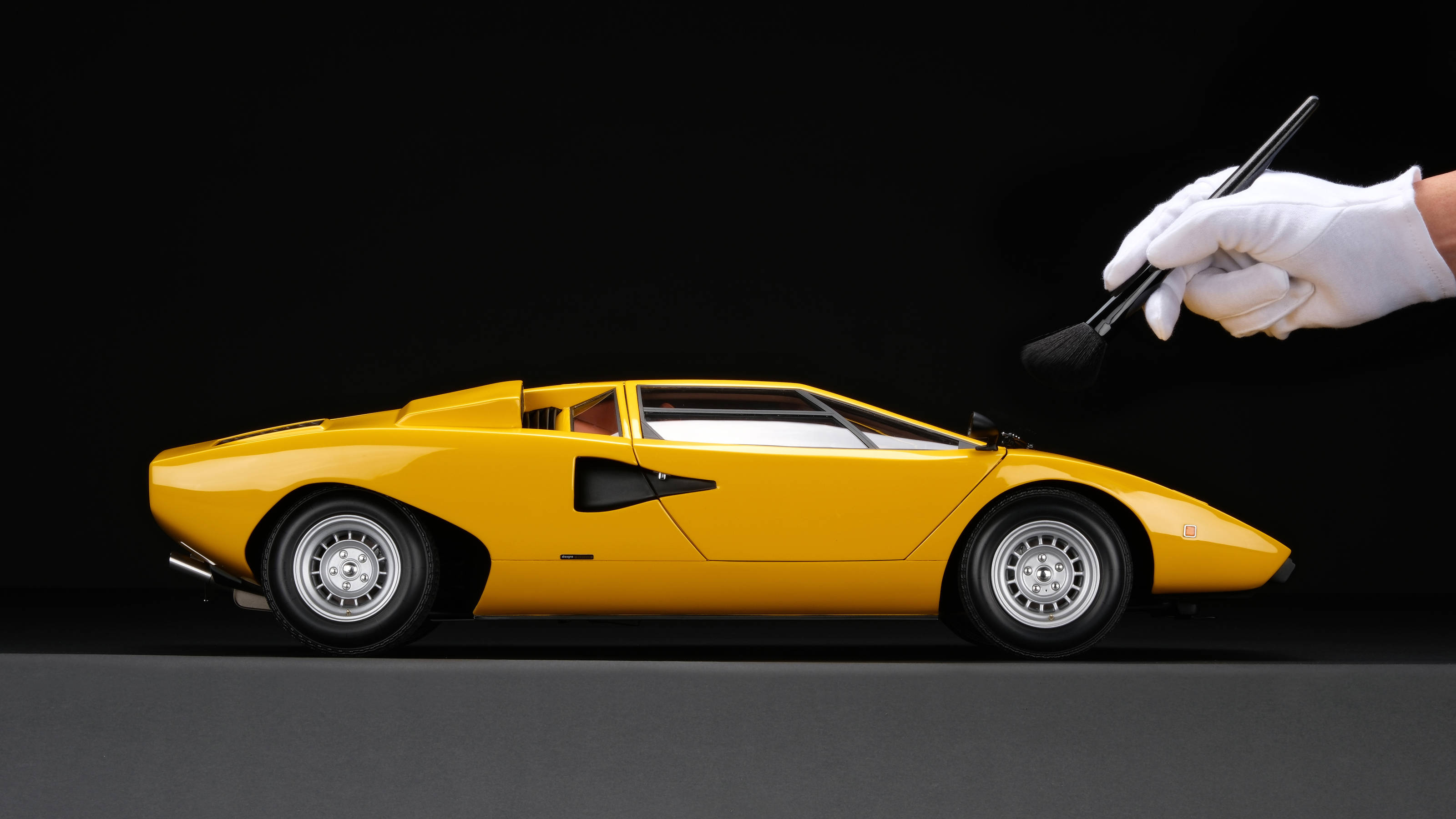 This handmade Lamborghini Countach LP400 is designed to slot on a shelf
This handmade Lamborghini Countach LP400 is designed to slot on a shelfJust 199 examples of this Lamborghini Countach LP400 will be built by Amalgam Collection, recreating every aspect of the iconic 1970s supercar, at a 1:8 scale
-
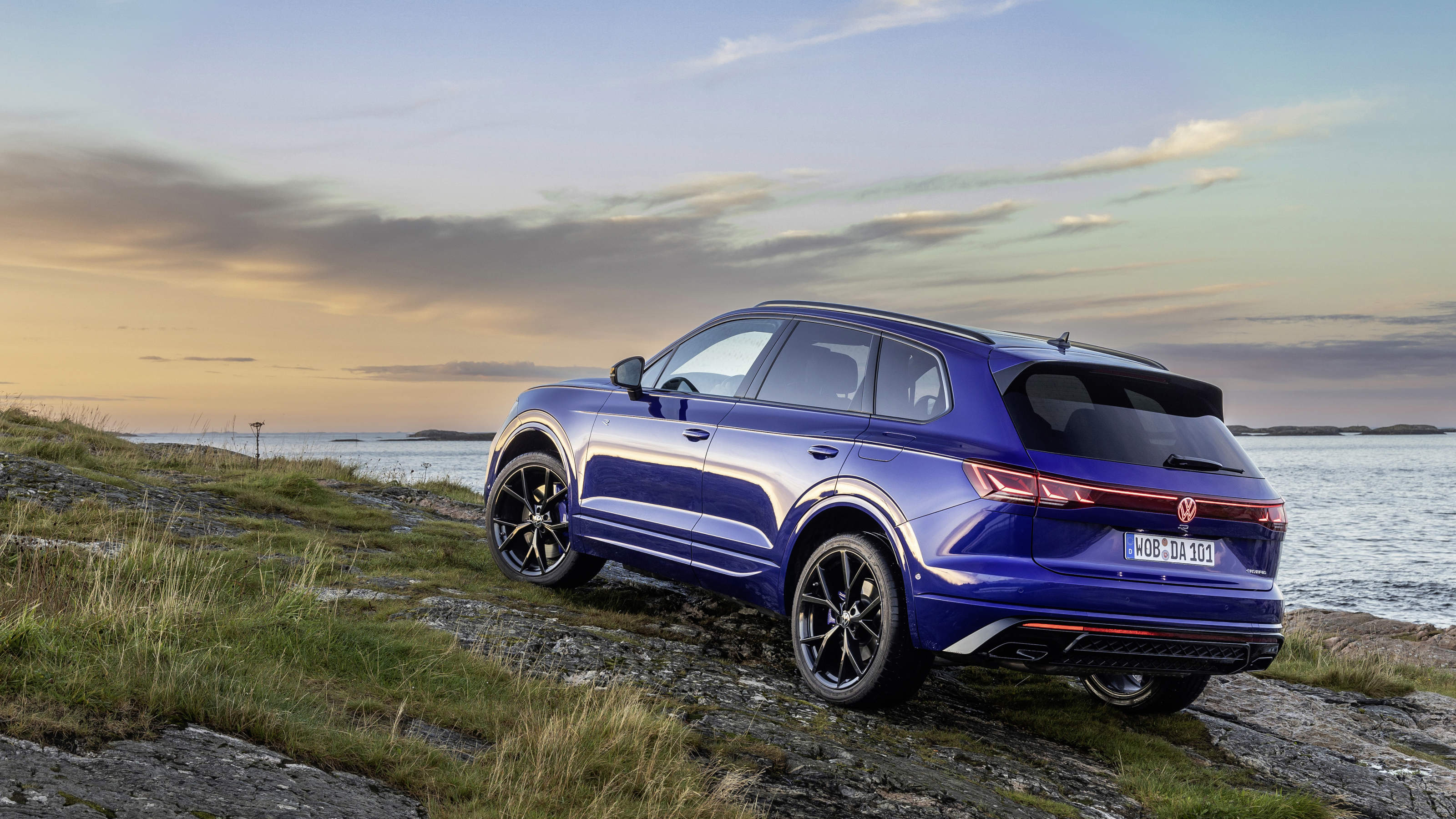 Refreshed Volkswagen Touareg does the heavy lifting for long-distance travel
Refreshed Volkswagen Touareg does the heavy lifting for long-distance travelThe new Volkswagen Touareg R eHybrid is the people’s luxury SUV, capable of going anywhere and doing anything. Does it stack up to rivals?